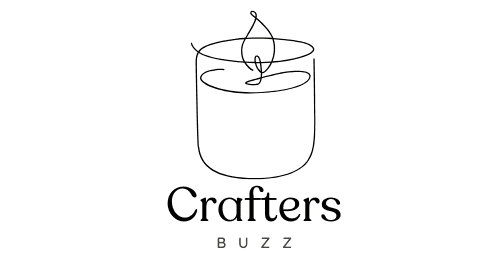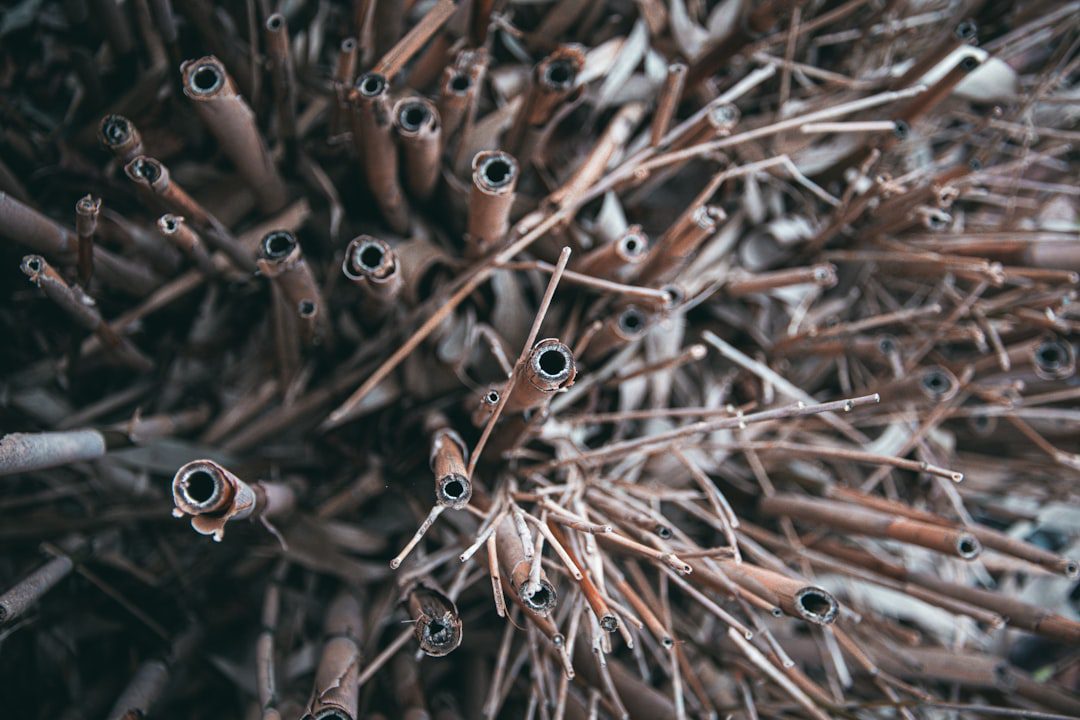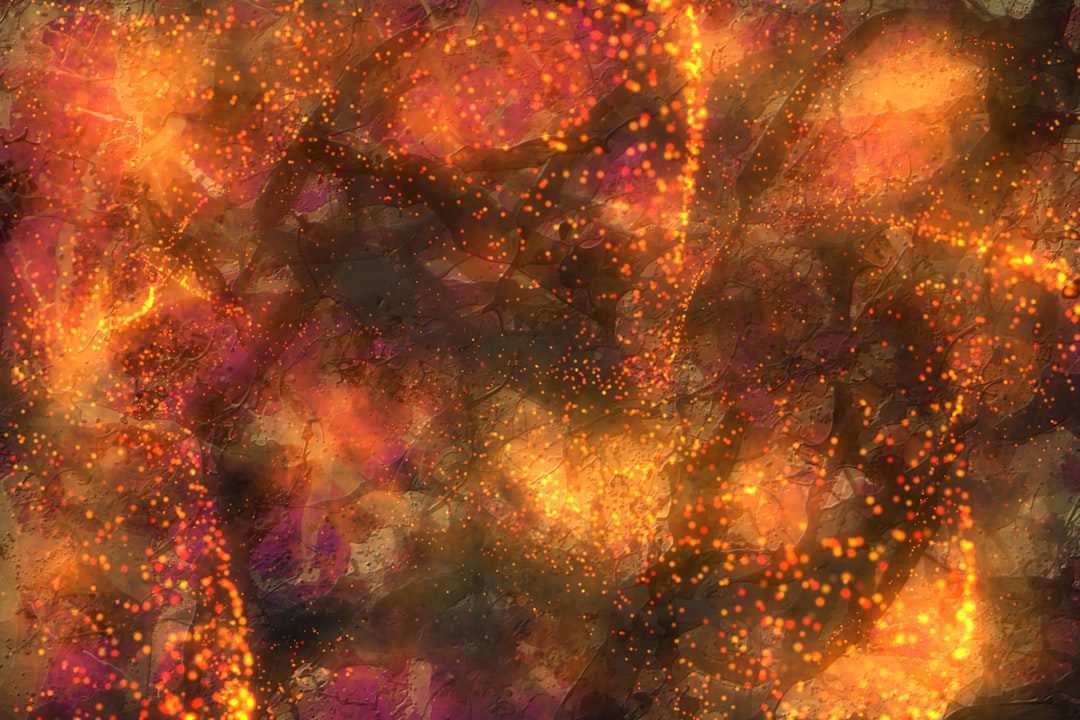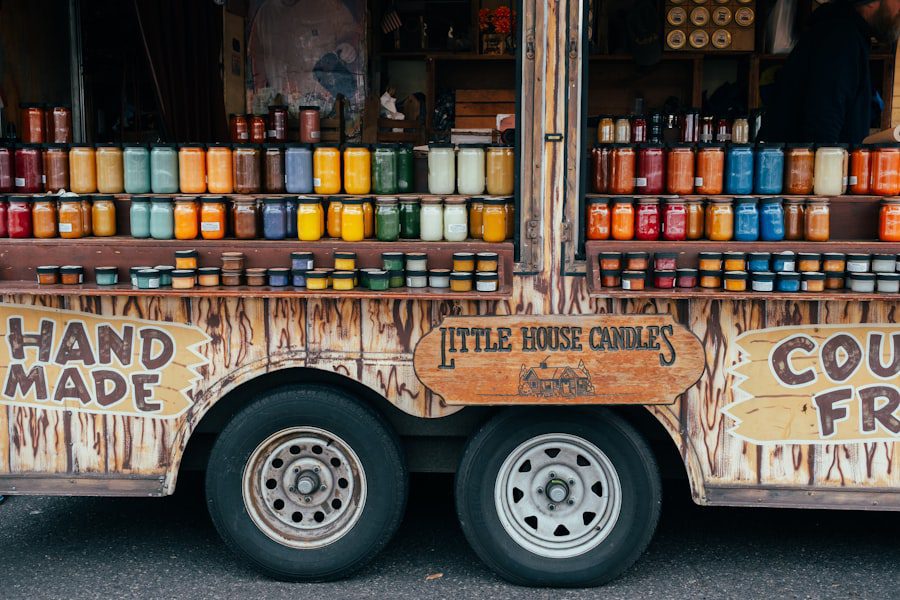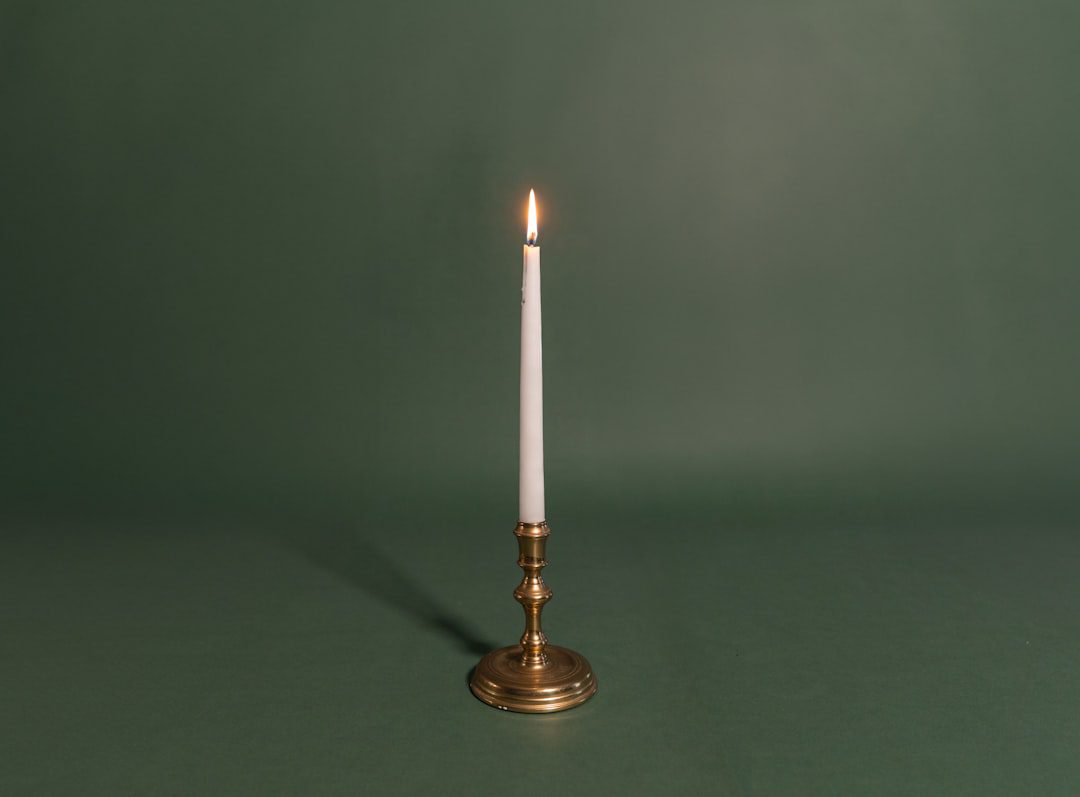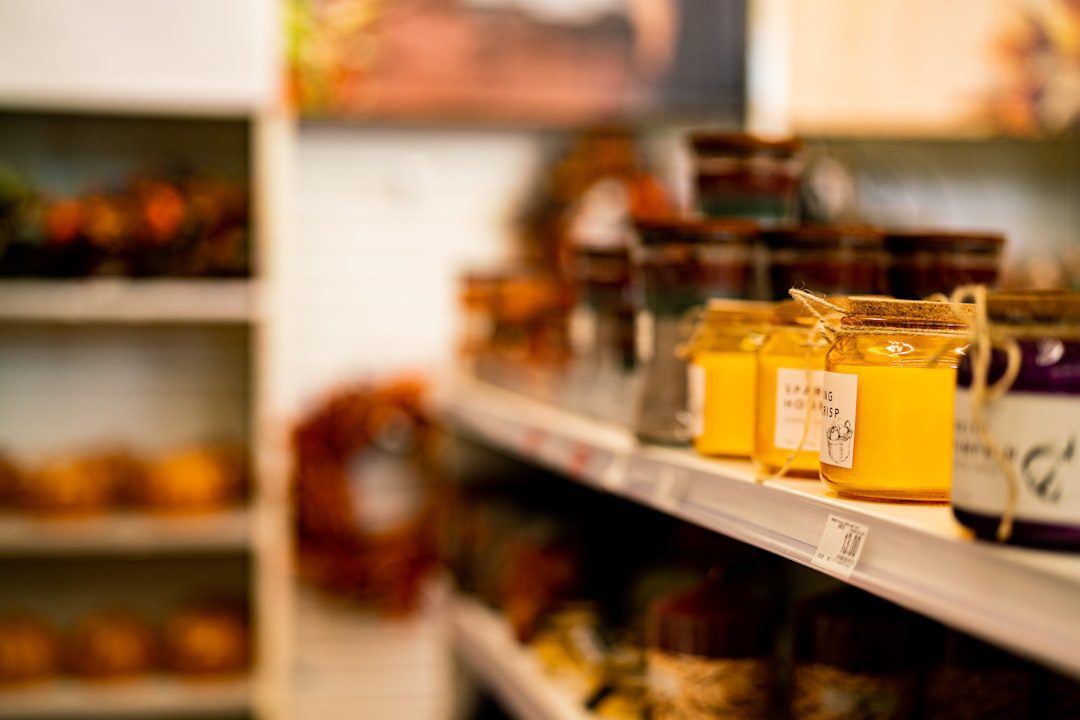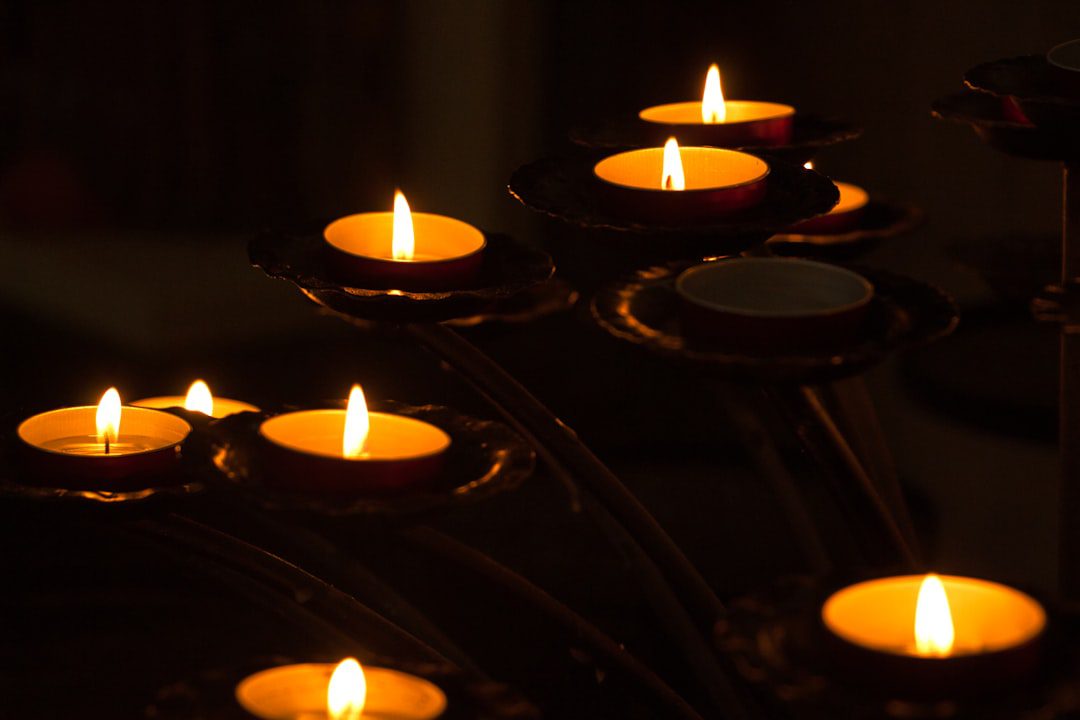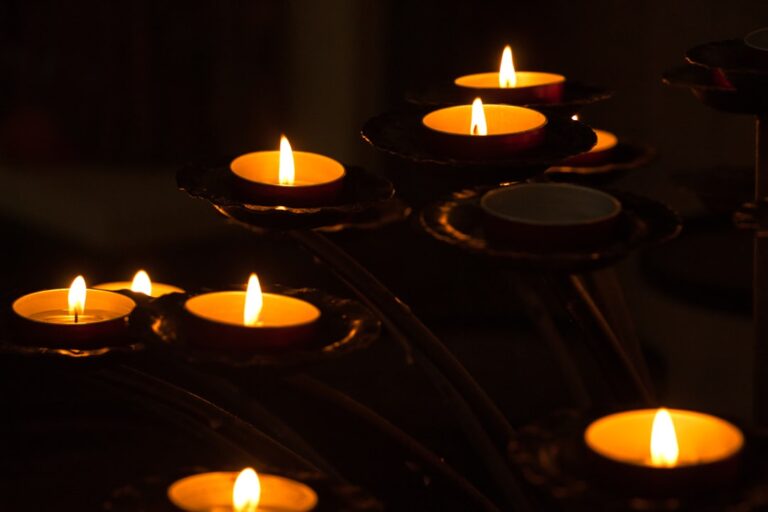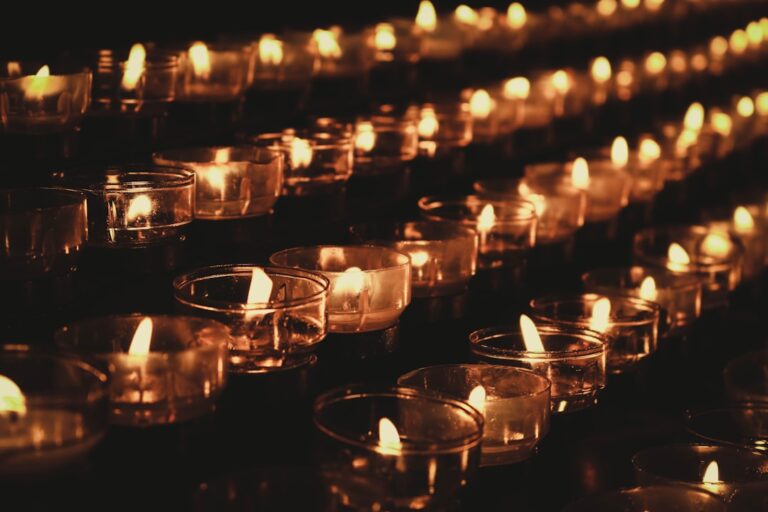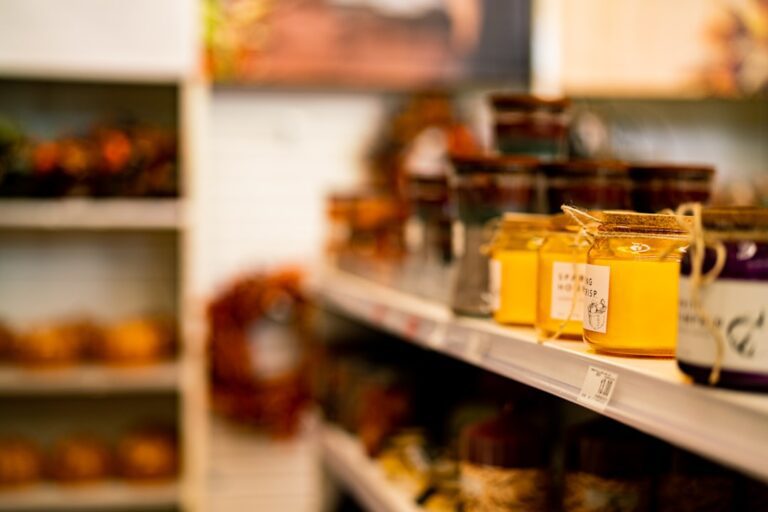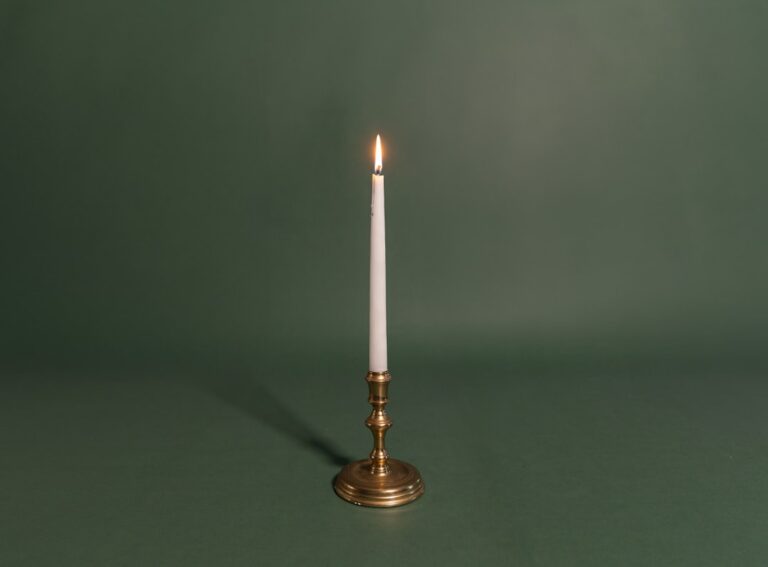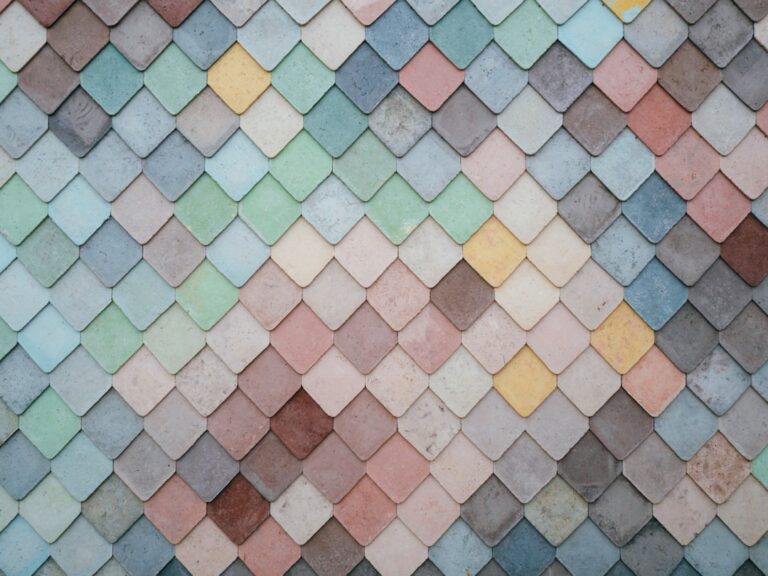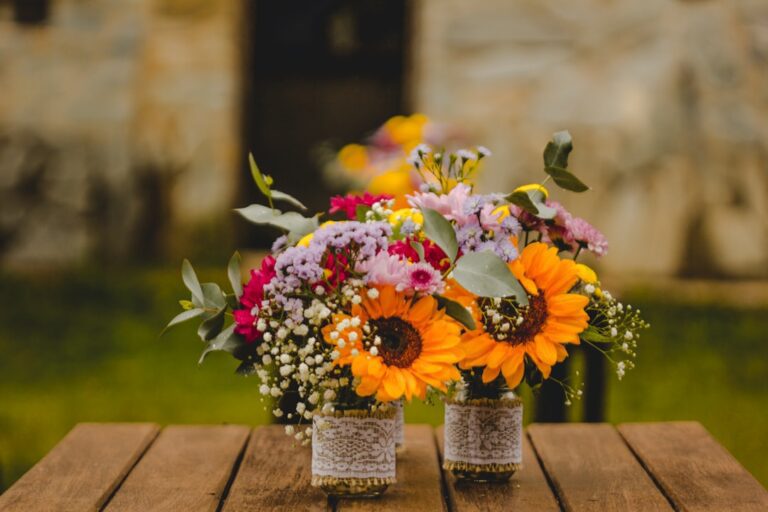Techniques for creating multi-layered colored candles for added visual appeal.
Multi-layered colored candles have gained popularity not only for their aesthetic appeal but also for the creativity they allow in candle making. These candles are characterized by distinct layers of different colors, which can be combined to create visually striking designs. The layering technique offers a unique opportunity for candle makers to express their artistic vision, as each layer can represent a different theme, mood, or occasion.
The interplay of colors can evoke emotions and set the ambiance in any space, making them a favorite among both hobbyists and professional artisans. The process of creating multi-layered candles involves careful planning and execution. Each layer must be poured at the right temperature and time to ensure proper adhesion and prevent unsightly gaps or bubbles.
This intricate method not only enhances the visual appeal of the candle but also allows for the incorporation of various scents, making each layer a sensory experience. As we delve deeper into the art of layered candle making, we will explore the essential components that contribute to the successful creation of these captivating pieces.
Key Takeaways
- Multi-layered colored candles add visual interest and complexity to traditional candles.
- Choosing the right candle wax is crucial for successful layering and ensuring the layers adhere to each other.
- Adding fragrance to each layer creates a multi-sensory experience when the candle is burned.
- Using different colors and dyes for each layer allows for endless creativity and customization.
- Creating unique designs and patterns with layers can be achieved through careful pouring and setting techniques.
Choosing the Right Candle Wax for Layering
Selecting the appropriate wax is crucial when embarking on the journey of making multi-layered candles. The most commonly used waxes include paraffin, soy, beeswax, and palm wax, each offering unique properties that can affect the final product. Paraffin wax is often favored for its excellent scent throw and ability to hold vibrant colors, making it a popular choice for layered candles.
However, it is derived from petroleum, which raises environmental concerns. On the other hand, soy wax is a natural alternative that burns cleaner and is biodegradable, appealing to eco-conscious candle makers. When layering candles, it is essential to consider the melting points of the chosen waxes.
For instance, if using both paraffin and soy wax, one must ensure that the soy layer is poured at a temperature that will not disturb the already set paraffin layer. This requires a keen understanding of the waxes’ properties and how they interact with one another. Additionally, some candle makers opt for blends of different waxes to achieve specific characteristics, such as improved scent retention or enhanced color vibrancy.
The choice of wax ultimately influences not only the appearance but also the burn quality and longevity of the candle.
Adding Fragrance to Each Layer
Incorporating fragrance into each layer of a multi-layered candle adds an olfactory dimension that enhances the overall experience. When selecting fragrances, it is important to consider how they will interact with one another. Some scents complement each other beautifully, while others may clash or become overpowering when layered.
For example, a fresh citrus layer can be paired with a soft floral scent in subsequent layers to create a refreshing yet calming effect. The timing of adding fragrance oils is also critical. Typically, fragrance oils should be added to the melted wax at a specific temperature—usually around 185°F (85°C)—to ensure proper binding and scent throw.
Each layer can feature a different fragrance, allowing for a delightful surprise as the candle burns down. Candle makers often experiment with various combinations to create signature scents that reflect their personal style or seasonal themes. The layering of fragrances can evoke memories or set a particular mood, making each candle not just a decorative item but also an emotional experience.
Using Different Colors and Dyes for Each Layer
Color plays a pivotal role in the visual impact of multi-layered candles. The use of different dyes allows candle makers to create vibrant layers that can range from soft pastels to bold hues. When selecting dyes, it is essential to choose those specifically formulated for candle making, as they are designed to withstand high temperatures without compromising the integrity of the wax.
Liquid dyes, dye chips, and powdered dyes are all popular options, each offering varying levels of intensity and ease of use. Layering colors can be approached in numerous ways. For instance, one might choose to create a gradient effect by gradually changing shades from one layer to the next.
Alternatively, contrasting colors can be used to create striking visual boundaries between layers. Candle makers often experiment with color mixing techniques to achieve unique shades that reflect their artistic vision. Additionally, understanding color theory can enhance the design process; complementary colors can create dynamic contrasts, while analogous colors can produce a harmonious look.
The interplay of colors not only captivates the eye but also contributes to the overall theme or message conveyed by the candle.
Creating Unique Designs and Patterns with Layers
The beauty of multi-layered candles lies in their potential for unique designs and patterns that go beyond simple color layering. Candle makers can employ various techniques to create intricate patterns within each layer or across multiple layers. One popular method is the use of molds or containers that allow for geometric shapes or swirls to be formed as layers are poured.
For example, using a cylindrical mold can enable the creation of concentric circles by pouring different colored wax in succession. Another technique involves manipulating the wax after it has been poured but before it sets completely. By using tools such as skewers or spatulas, candle makers can swirl colors together or create marbled effects that add depth and interest to the design.
Additionally, layering can be combined with other decorative techniques such as embedding objects like dried flowers or herbs between layers for added texture and visual intrigue. The possibilities are limited only by one’s imagination, making each candle a canvas for artistic expression.
Tips for Pouring and Setting Each Layer
Pouring each layer of a multi-layered candle requires precision and patience to achieve a polished final product. One key tip is to allow each layer to cool slightly before pouring the next one; this helps ensure that the layers adhere properly without mixing together. A common practice is to wait until the surface of the previous layer has formed a skin but is still warm enough to bond with the next layer being poured.
Temperature control is another critical factor in successful layering. Each type of wax has its own ideal pouring temperature, which should be adhered to in order to prevent issues such as cracking or uneven surfaces. Using a thermometer can help maintain consistent temperatures throughout the process.
Additionally, pouring slowly and steadily helps minimize air bubbles and ensures an even distribution of wax within the mold or container. For those new to layered candle making, starting with fewer layers can help build confidence before tackling more complex designs.
Adding Decorative Elements to the Layers
Incorporating decorative elements into multi-layered candles can elevate their visual appeal and make them truly one-of-a-kind creations. These elements can range from simple embellishments like glitter or metallic flakes sprinkled between layers to more elaborate additions such as embedded objects or textures created with different pouring techniques. For instance, dried flowers or herbs can be placed between layers for an organic touch that adds both beauty and fragrance.
Another popular decorative technique involves using contrasting textures within layers. By mixing different types of wax or incorporating additives like coconut oil or stearin, candle makers can create layers with varying finishes—some glossy and smooth while others may have a matte appearance. This contrast not only enhances visual interest but also invites tactile exploration as one runs their fingers over the surface of the candle.
The thoughtful integration of decorative elements transforms each candle into a work of art that reflects personal style and creativity.
Safety Precautions for Layered Candle Making
While creating multi-layered candles can be an enjoyable and rewarding endeavor, it is essential to prioritize safety throughout the process. Working with hot wax poses risks such as burns or fire hazards if proper precautions are not taken. Always wear protective gear such as gloves and goggles when handling hot materials, and ensure that your workspace is well-ventilated to avoid inhaling fumes from melting wax or fragrance oils.
Additionally, it is crucial to keep flammable materials away from your workspace and never leave melting wax unattended on heat sources. Using a double boiler setup can help regulate temperatures more safely than direct heat methods. Furthermore, having a fire extinguisher nearby is advisable in case of emergencies.
By adhering to these safety measures, candle makers can focus on their creative process while minimizing risks associated with layered candle making.
If you’re interested in creating multi-layered colored candles for added visual appeal, you may also enjoy learning how to make DIY citronella candles for a bug-free summer. These candles not only add ambiance to your outdoor space but also help keep pesky bugs at bay. Check out the article here for step-by-step instructions on how to make your own bug-repelling candles.
FAQs
What are multi-layered colored candles?
Multi-layered colored candles are candles that are made with multiple layers of different colored wax. Each layer is poured and allowed to cool before the next layer is added, creating a visually appealing and colorful candle.
What techniques can be used to create multi-layered colored candles?
Some techniques for creating multi-layered colored candles include using different colored wax, pouring each layer carefully to avoid mixing colors, and using molds or containers to create distinct layers.
What materials are needed to create multi-layered colored candles?
To create multi-layered colored candles, you will need different colored wax, candle wicks, a heat source for melting the wax (such as a double boiler or microwave), molds or containers for shaping the candles, and any desired fragrance or essential oils.
What are some tips for creating visually appealing multi-layered colored candles?
To create visually appealing multi-layered colored candles, it is important to choose colors that complement each other, pour each layer carefully to avoid mixing colors, and consider using techniques such as swirling or layering to create interesting patterns and designs.
Are there any safety precautions to keep in mind when making multi-layered colored candles?
When making multi-layered colored candles, it is important to follow safety precautions such as using a heat source safely, working in a well-ventilated area, and being cautious when handling hot wax. It is also important to follow any specific safety guidelines provided with the wax and other materials used.
